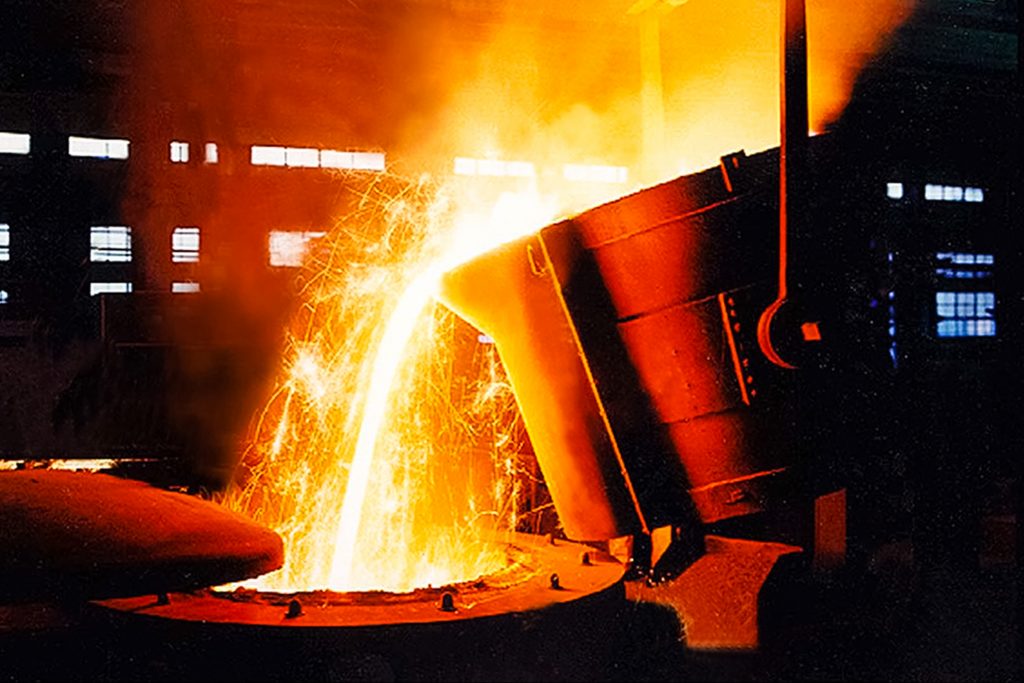
The Biden administration pledged action to “address harmful trade practices.”
During these first 100 days of his administration, President Biden has concentrated on disengaging from much of the policy agenda of former President Donald Trump.
But matters of global trade, especially with China, is one area where the Biden administration is standing pat in the contentious relationship.
Last week, the Biden administration criticized China as the biggest source of global excess capacity in the steel, aluminum and solar energy industries, and promised further action “to address these harmful trade practices.”
The Office of the U.S. Trade Representative (USTR), in its annual National Trade Estimate Report on Foreign Trade Barriers, cited China as the “world’s leading offender” in creating overcapacities in several sectors. The report, compiled under the direction of new U.S. Trade Representative Katherine Tai, demonstrated “significant barriers that present major policy challenges with implications for future U.S. growth opportunities, and the fairness of the global economy.”
“China’s state-led approach to the economy and trade makes it the world’s leading offender in creating non-economic capacity, as evidenced by the severe and persistent excess capacity situations in several industries, including steel, aluminum and solar,” the agency said in a press release.
China’s massive, unchecked overcapacity in sectors like steel goes back years. The Obama administration attempted to address steel overcapacity by issuing tariffs, some of them quite high, on specific products. President Obama even brought up the issue of steel overcapacity during his final G-20 summit, which lead to the establishment of the Global Forum on Steel Excess Capacity (which China left in 2019).
The Trump administration kicked things up a notch by issuing broad “Section 232” tariffs on steel and aluminum imports. As new research by the Economic Policy Institute found, that trade action helped reduce the amount of illegally dumped product into the U.S. from China and other non-compliant countries.
But while Section 232 gave the American steel industry some much-needed breathing room, the larger problem of global steel overcapacity remains, and the COVID-19 pandemic only made things worse. Many countries are contributing to the problem, but China remains the worst offender.
The new USTR report indicates that Tai and her team plan to keep the pressure on China, although she promised to work far more cooperatively with U.S. allies than the previous administration.
The massive 570-page report, released last week, was a warning that Washington will also continue to challenge China and other countries that impose trade barriers or other regulatory hurdles that limit access to U.S. companies.
It’s no longer just steel and aluminum that are threatened, either. The report said that Beijing was well on its way to creating severe excess capacity in other industries by doling out hundreds of billions of dollars to support Chinese companies under its “Made in China 2025” industrial plan.
The USTR said it would hold fast and continue its bilateral and multilateral efforts to address these “harmful trade practices.”
The report also raised concerns about data restrictions imposed by China, India, South Korea, Vietnam and Turkey. It said it would continue to engage foreign governments on policies that complicated the export of U.S. digital products and services that thwarted the ability of U.S. companies to move data across borders.
And the report cited increasing concerns in the agricultural arena. Farmers continue to face barriers that diminish their ability to sell their crops around the world, and the USTR wants to address the import licensing and certification requirements and restrictions imposed by many trade partners including the European Union (EU) countries.
